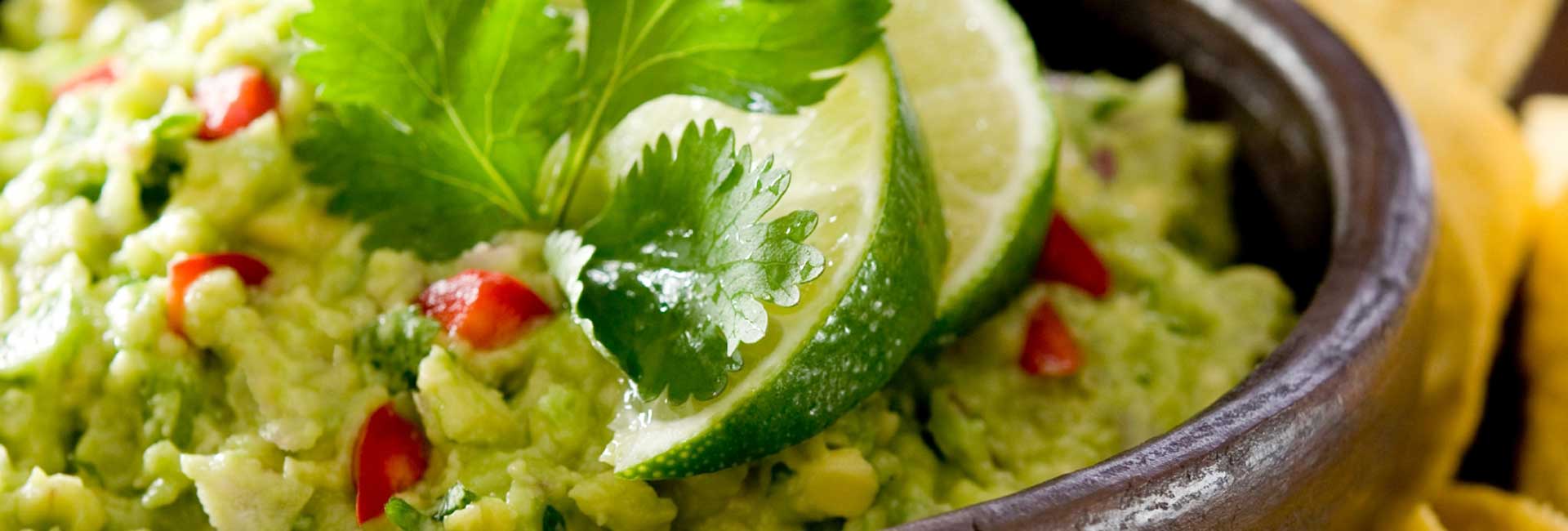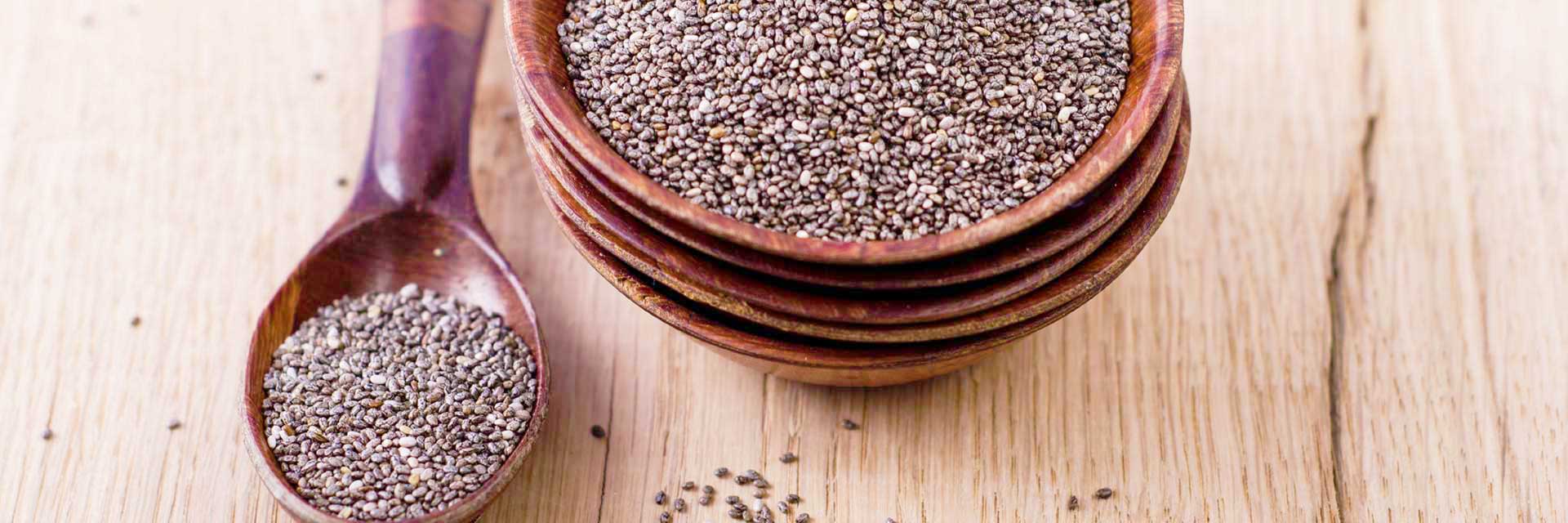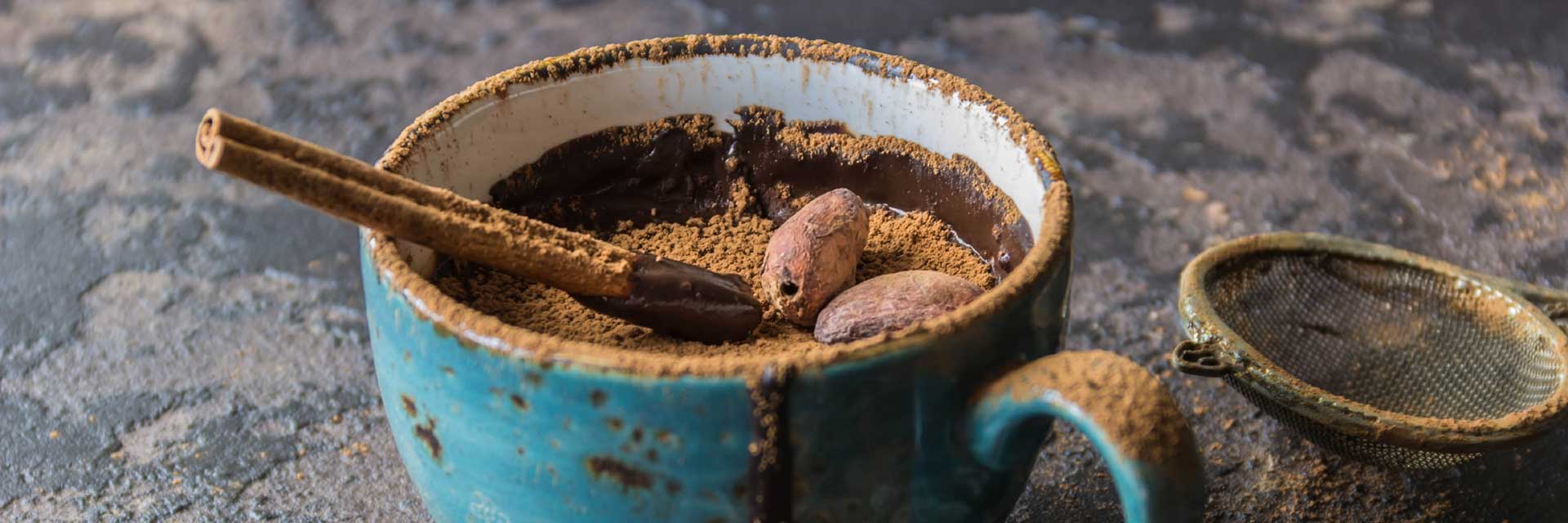Lonely Planet’s senior editor, Karyn Noble, shares three must-have superfoods to experience before or after your dream trip to Mexico.
Mexico’s food scene is sizzling hot right now. It was Anthony Bourdain who gave it major international attention in 2012, when he made a foodie pilgrimage to a Baja street food cart on his TV show No Reservations. And now Scandinavian superchef René Redzepi's six-week Noma pop-up in Tulum sure seals the deal. Why are all the big names in food making Mexico their go-to destination?
There’s no denying you’ll eat well in Mexico, but there are also some extremely healthy choices you can make. To get the most nutritional bang for your buck, here are three key ingredients to try when you’re there, along with some healthy recipes you can make it home – either before or after your dream trip to Mexico.



